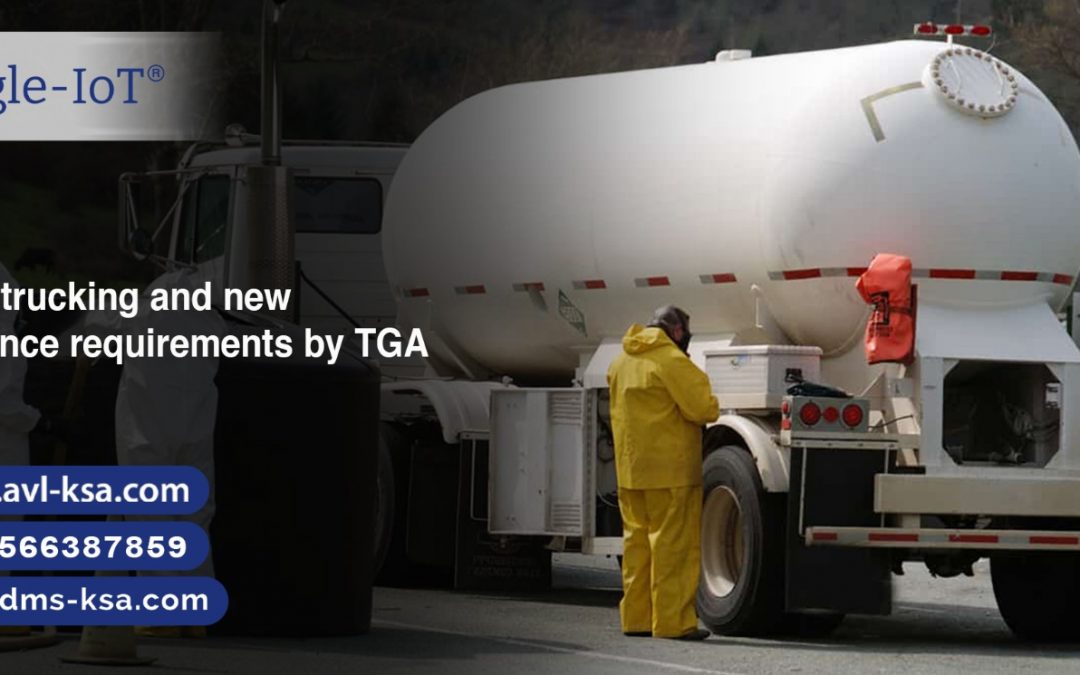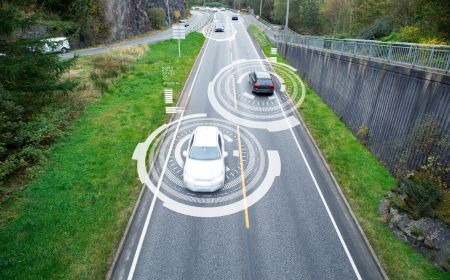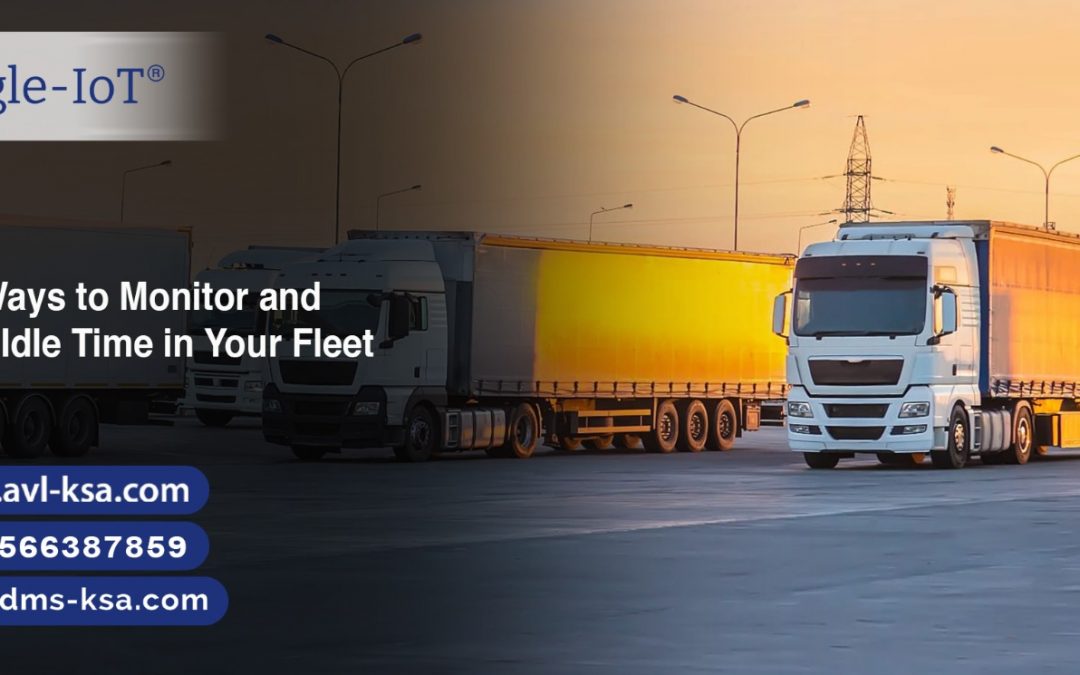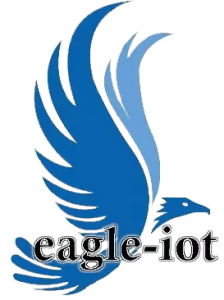
Who gets more distracted: older driver vs. younger driver?
Who gets more distracted: older driver vs. younger driver?
According to the latest study conducted by the University of Utah in conjunction with the AAA Foundation for Traffic Safety to find the connection between the rapid increase in technology and older drivers. The findings show that the drivers ranging from 55 to 75 took 4.7 to 8.6 seconds longer to complete tasks such as programming navigation or tuning the radio as compared to the younger drivers ranging from 21 to 36 years old. Moreover, they experience slower response times and had increased visual distractions when interacting with in-vehicle infotainment systems.
According to the official website of the AAA Foundation for Traffic Safety, it is a nonprofit organization which researches the causes of traffic fatalities and injuries and educates the public on ways to prevent crashes. The research was conducted on 128 drivers, with two different age groups, younger drivers belong to the age group of 21 to 36 while older one belongs to 55 to 75. The survey was carried on six different vehicles, model 2018. The further findings revealed that average time taken by young drivers for calling and dialing were 17.7 while older drivers spent 22.4 seconds. When it comes to the programming of the navigation system, younger drivers were capable of completing their tasks in 31 seconds while older drivers demanded a full 40 seconds of time. The longest time spent by both younger and older drivers were in managing the message and navigation entry. Specifically, it took younger drivers 27.7 seconds to send a text as compared with 33.8 seconds for older drivers.
The survey also explored the mode of interaction such as stack display, center console, or auditory/vocal commands — and its impact on drivers. Auditory/vocal commands took the longest to complete followed by center console controls while the center stack interactions consumed the shortest time span by the drivers of both age groups.
According to the several studies it has been a well-known fact that taking one’s eyes off the road for just two seconds doubles the driver’s risk of getting into the crash yet older drivers took their eyes off from the road for eight long seconds thus enhancing their crash risk


However, according to Jake Nelson, director of traffic safety advocacy and research, the problem is in the design of modern vehicles rather than to be associated with the age of the driver. By improving voicecommand technology, simplifying software menus, removing complex center console controls, and positioning system control we can solve this problem and allow drivers to keep their eyes on the road. In spite of all this, it is recommended for all drivers particularly for old drivers to avoid using in-vehicle technology while driving unless it’s for an emergency, practice using voice commands and touch screenswhile parked and avoid cars with a center console controller for infotainment technology.

















